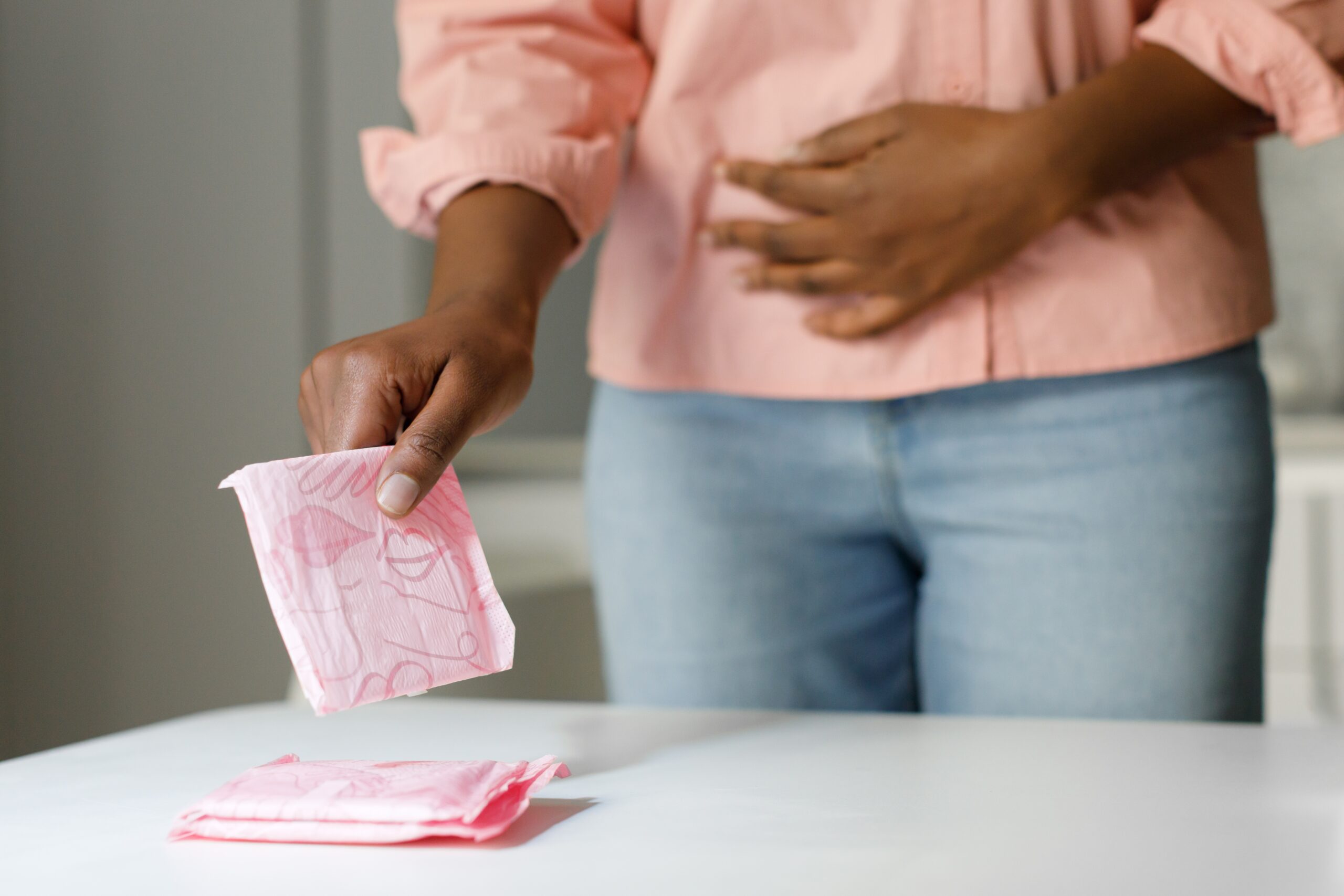Table of Contents

Exercise during menstruation can transform period pain and mood swings into manageable symptoms, offering women a natural approach to monthly discomfort without medication.
At a Glance
- Regular physical activity reduces menstrual pain, improves mood, and decreases bloating by boosting circulation and triggering endorphin release
- Low-impact exercises like yoga, walking, and swimming are particularly beneficial for alleviating cramps and tension
- Exercise 3-4 times weekly for at least 30 minutes provides the most effective relief from period symptoms
- While exercising, consider alternatives to tampons such as menstrual cups or period underwear, which may be more comfortable during physical activity
How Exercise Transforms Period Pain
When menstrual cramps strike, movement might be the last thing on your mind. Yet research consistently shows that regular physical activity can significantly reduce period pain. Exercise improves blood circulation throughout the body, including the pelvic region, which helps relax the uterine muscles that cause cramping. This improved blood flow can help flush out prostaglandins—hormone-like substances that trigger pain and inflammation during menstruation—potentially reducing the severity and duration of cramps that many women experience each month.
Aerobic exercises like brisk walking, swimming, or cycling are particularly effective for pain management. According to medical experts, consistency is key—aim for at least three 30-minute sessions per week for maximum benefit. Even during your period, maintaining your exercise routine can prevent pain from developing or worsening.
The Mood-Boosting Power of Movement
The emotional rollercoaster that accompanies menstruation can be just as challenging as physical discomfort. Hormonal fluctuations often trigger irritability, anxiety, and even depression. Exercise provides a powerful countermeasure by stimulating the production of endorphins—natural mood elevators and pain relievers. These "feel-good" chemicals can help stabilize mood swings and provide a sense of well-being during a time when many women feel their worst. Even a short walk or gentle yoga session can provide immediate emotional relief.
Studies show that women who exercise regularly report fewer PMS symptoms overall, including less severe mood disturbances. The mental health benefits extend beyond the period itself—regular physical activity can help manage stress throughout the month, potentially preventing the intensification of mood symptoms when menstruation begins. For many women, exercise becomes a form of self-care and emotional regulation during challenging hormonal transitions.
Best Exercises During Menstruation
Not all workouts are created equal when it comes to period relief. Low-impact activities like yoga, tai chi, and gentle stretching can be particularly beneficial during menstruation. These exercises help release tension in the lower back and abdomen while improving circulation to areas affected by cramping. Specific yoga poses, such as child's pose, cat-cow, and gentle twists, can provide targeted relief. Swimming is another excellent option, as the water provides buoyancy that reduces pressure on tender areas.
Moderate cardio exercises like walking, cycling, or using an elliptical machine can help reduce bloating by encouraging the body to release excess fluid. However, it's important to listen to your body and adjust intensity as needed. Some women find they have more energy during certain phases of their cycle than others. During heavy flow days, you might prefer lighter activities, while you can increase intensity on lighter days. The key is consistency rather than intensity—regular, moderate exercise is more beneficial than occasional intense workouts.
Practical Considerations for Period Workouts
Comfort is crucial when exercising during menstruation. Traditional tampons, while convenient, may not be ideal for all workout situations. "Sweat tends to accumulate around the vagina and underwear, creating a damp environment, causing the tampon string to become wet," explains Katie Diasti. This can create discomfort and potential hygiene issues during particularly sweaty workouts. Alternatives worth considering include menstrual cups or discs, which offer longer wear time and don't have external strings, or specially designed period underwear that provides leak protection without insertable products.
Hydration becomes even more important when exercising during your period. Staying well-hydrated can help reduce water retention and bloating, while also preventing the headaches that sometimes accompany menstruation. Wear comfortable, breathable clothing that won't add pressure to your abdomen, and consider scheduling workouts for times of day when your energy levels are highest. Some women find morning exercise helps set a positive tone for the day, while others prefer evening workouts to relieve accumulated tension.
When to Seek Medical Advice
While exercise is beneficial for most women during menstruation, those experiencing extremely severe symptoms that consistently interfere with daily activities should consult healthcare providers. Debilitating pain, very heavy bleeding, or dramatic mood changes could indicate underlying conditions like endometriosis or polycystic ovary syndrome (PCOS) that require medical attention. Exercise can complement medical treatments for these conditions but shouldn't replace proper care.
Remember that consistency is more important than perfection when it comes to exercise during menstruation. Even brief, gentle movement can provide significant relief from period discomfort. By incorporating regular physical activity into your monthly routine, you can transform your period experience from one of dread and discomfort to a manageable part of your overall health cycle. Your body will thank you with reduced pain, improved mood, and greater overall comfort during menstruation.
AD
Most Recent
AD
